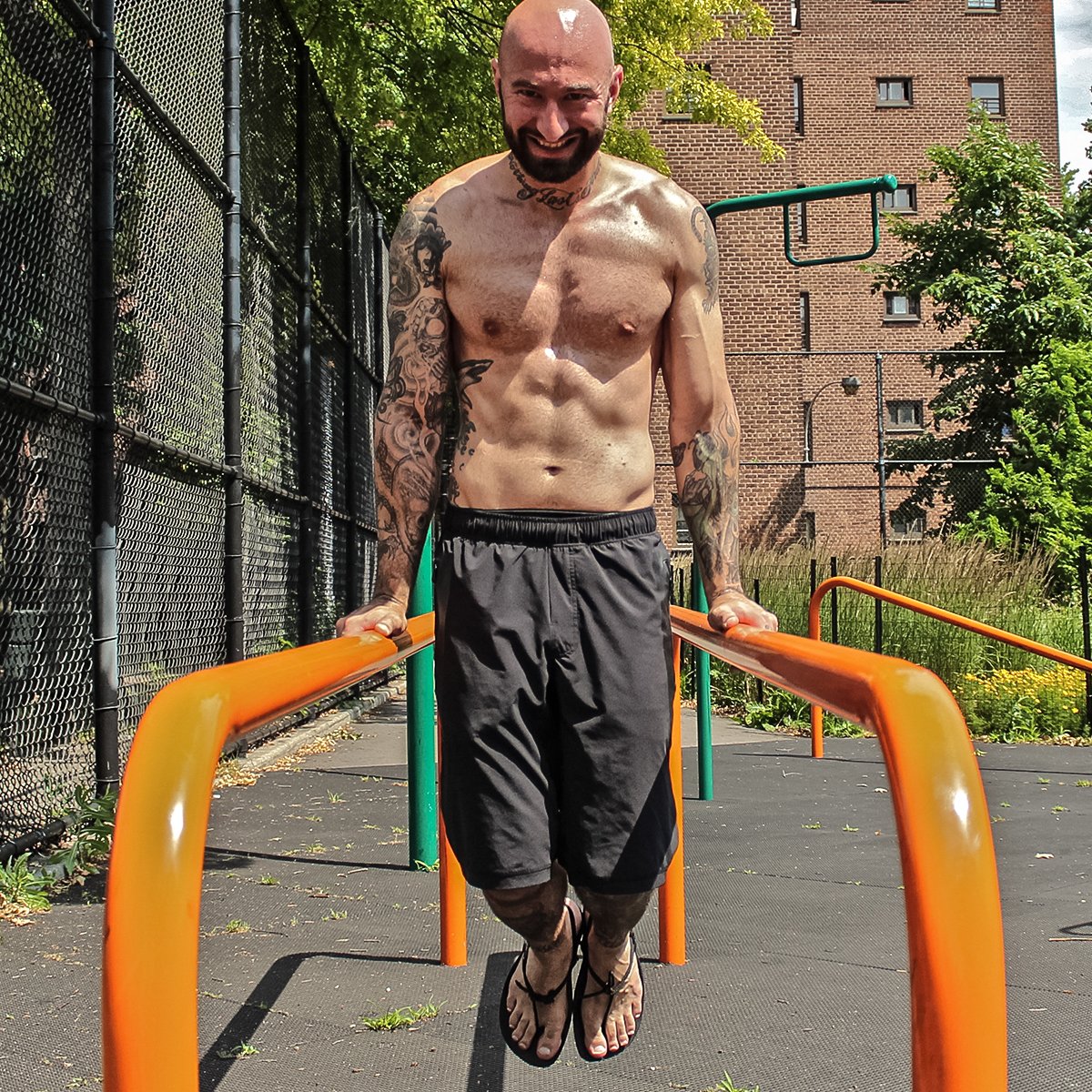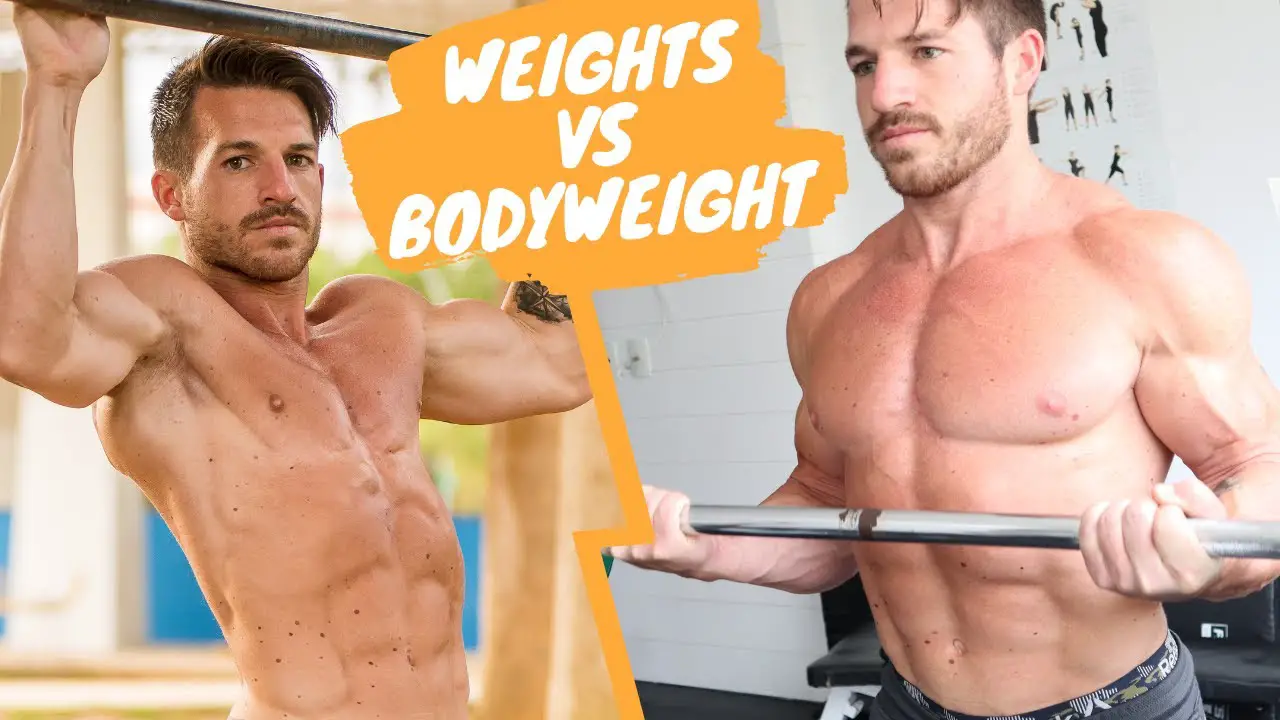Bodyweight and body weight both refer to the mass of a person’s body. “Body weight” is the more commonly used term.
Understanding body weight is crucial for maintaining overall health and fitness. Monitoring body weight helps track progress in fitness goals and manage health conditions. Many factors influence body weight, including diet, physical activity, and genetic predisposition. Regular exercise and a balanced diet are key components of maintaining a healthy body weight.
Individuals can perform bodyweight exercises, which use the weight of the body to build strength and endurance. These exercises require no equipment, making them accessible to everyone. Keeping an eye on body weight can help identify potential health issues early. Maintaining a healthy body weight enhances quality of life and reduces the risk of chronic diseases.
The Essence Of Bodyweight In Fitness
Bodyweight exercises are vital for a fit body. They don’t need any equipment. You can do them anywhere, anytime. These exercises use your own body weight. They build strength, flexibility, and endurance. They are simple yet effective. Everyone can do them, from kids to adults.
Key Benefits Of Bodyweight Exercises
- Convenience: No gym or equipment is needed.
- Versatility: Many exercises target different muscles.
- Cost-effective: No need for expensive gear.
- Scalability: Suitable for all fitness levels.
- Improves Balance: Enhances coordination and stability.
Comparing Bodyweight To Weightlifting
| Criteria | Bodyweight Exercises | Weightlifting |
|---|---|---|
| Equipment | None needed | Requires weights |
| Flexibility | Can be done anywhere | Needs a gym setup |
| Cost | Free | Expensive |
| Strength Gains | Builds functional strength | Builds muscle mass |
| Risk of Injury | Lower | Higher |
Starting With Bodyweight Training
Bodyweight training is a great way to get fit. It doesn’t need any equipment. You use your own body as resistance. This makes it easy to start anytime, anywhere. Plus, it’s perfect for all fitness levels.
Essential Exercises For Beginners
Begin with these simple exercises. They target major muscle groups:
- Push-Ups: Strengthen arms, chest, and shoulders.
- Squats: Build leg and glute muscles.
- Planks: Improve core stability and strength.
- Lunges: Enhance leg strength and balance.
- Burpees: A full-body workout that boosts cardio.
Creating A Balanced Routine
A balanced routine ensures you work for all muscle groups. Here’s a sample schedule:
| Day | Exercise |
|---|---|
| Monday | Push-Ups, Planks |
| Tuesday | Squats, Lunges |
| Wednesday | Rest or light stretching |
| Thursday | Push-Ups, Burpees |
| Friday | Planks, Squats |
| Saturday | Lunges, Burpees |
| Sunday | Rest or light activity |
Remember to warm up before each session. This helps prevent injuries. Cool down after to aid muscle recovery. Start slow and build up as you get stronger.
Advancing Your Bodyweight Workout
You have mastered basic bodyweight exercises. Now, it’s time to level up. Advancing your bodyweight workout is crucial for continuous improvement. This guide will help you push beyond your limits.
Progressive Overload Without Weights
Progressive overload is key in any workout. You can achieve this without weights. Here are some strategies:
- Increase repetitions and sets.
- Reduce rest time between sets.
- Use advanced variations of exercises.
For example, move from regular push-ups to decline push-ups. This adds more resistance. Try one-arm push-ups for a bigger challenge.
Incorporating Plyometrics For Power
Plyometrics increase power and explosiveness. These exercises involve quick movements. Here are some effective plyometric exercises:
- Jump squats
- Burpees
- Box jumps
Start with low reps and sets. Gradually increase as you get stronger. Plyometrics can also improve your cardiovascular fitness.
| Exercise | Beginner | Advanced |
|---|---|---|
| Push-Ups | Regular Push-Ups | One-Arm Push-Ups |
| Squats | Bodyweight Squats | Pistol Squats |
| Planks | Standard Plank | Side Plank with Leg Lift |

Credit: www.bodybuilding.com
Challenges And Solutions In Bodyweight Training
Bodyweight training can be tough. You may face various challenges. But every problem has a solution. Let’s explore some common issues and their fixes.
Overcoming Plateaus
Hitting a plateau is common in bodyweight training. Your progress seems to stop. Here are ways to overcome it:
- Change Your Routine: Mix up your exercises. Add new moves to keep things fresh.
- Increase Intensity: Try harder versions of your exercises. Push yourself more.
- Track Progress: Keep a workout journal. Note your reps, sets, and improvements.
Dealing With Limited Equipment
Sometimes, you don’t have much gear. But you can still train effectively. Here are some tips:
- Use Household Items: Chairs, tables, and walls can be useful. Get creative with what you have.
- Focus on Bodyweight: Exercises like push-ups, squats, and lunges need no gear.
- Invest in Simple Tools: Resistance bands and pull-up bars are affordable. They add variety to your workouts.
| Challenge | Solution |
|---|---|
| Plateau | Change routine, increase intensity, track progress |
| Limited Equipment | Use household items, focus on body weight, invest in simple tools |
The Role Of Nutrition In Bodyweight Fitness
Nutrition plays a vital role in bodyweight fitness. Proper nutrients fuel your workouts and aid recovery. The right diet helps you achieve optimal performance and results.
Fueling Your Body For Performance
To perform well, your body needs the right fuel. Carbohydrates provide energy. They power your body during intense workouts. Choose whole grains, fruits, and vegetables.
Proteins are essential for muscle repair. Eat lean meats, fish, and legumes. Healthy fats support overall health. Include avocados, nuts, and olive oil in your diet.
Stay hydrated. Water is crucial for all bodily functions. Drink plenty of water throughout the day. This keeps you energized and focused.
Nutrition For Muscle Gain And Fat Loss
For muscle gain, increase your protein intake. Aim for 1.6 to 2.2 grams of protein per kilogram of body weight. Include protein in every meal.
To lose fat, create a calorie deficit. Eat fewer calories than you burn. Choose nutrient-dense foods that fill you up.
| Goal | Nutrition Strategy |
|---|---|
| Muscle Gain |
|
| Fat Loss |
|
Balance your macronutrients. Carbs, proteins, and fats each play a role. Adjust portions to match your goals.

Credit: us.humankinetics.com
Mind-body Connection In Bodyweight Training
Bodyweight training is more than just physical exercise. It also strengthens the connection between your mind and body. This connection is vital for achieving overall well-being. Understanding how your mind and body interact can enhance your workout experience.
The Importance Of Mindfulness
Mindfulness in bodyweight training means being fully present during your exercises. It helps you focus on each movement and improves your form. This focus can reduce the risk of injury and increase the effectiveness of your workout.
| Benefits of Mindfulness | Description |
|---|---|
| Improved Concentration | Being mindful enhances your focus during workouts. |
| Better Form | Mindfulness ensures correct posture and movement. |
| Injury Prevention | Focusing on movements reduces the risk of injury. |
Mental Health Benefits Of Exercise
Bodyweight training not only benefits your body but also your mind. Exercise releases endorphins, which help improve mood and reduce stress. Regular bodyweight training can lead to better mental health.
- Reduced Anxiety: Exercise helps lower stress levels.
- Improved Mood: Endorphins released during exercise boost happiness.
- Enhanced Sleep: Regular exercise promotes better sleep quality.
- Increased Self-Esteem: Achieving fitness goals boosts confidence.
Incorporating mindfulness into your bodyweight training can enhance both physical and mental well-being. Focus on each movement, and enjoy the multiple benefits for your mind and body.
Bodyweight Training Around The World
Bodyweight training is a universal fitness method. People love it for its simplicity and effectiveness. You don’t need any equipment. You can do it anywhere. Let’s explore how different cultures approach bodyweight training.
Cultural Approaches To Fitness
Fitness varies from country to country. Each culture has its unique way of staying fit. In Japan, Radio Taiso is popular. People perform simple exercises together every morning. It’s a tradition that dates back to 1928.
In India, Yoga is a way of life. It combines physical postures, breathing exercises, and meditation. It’s both a spiritual and physical practice.
Brazil is famous for Capoeira. It’s a mix of dance, acrobatics, and martial arts. It was created by African slaves and is now a popular workout.
Global Trends In Bodyweight Workouts
Bodyweight workouts are trending globally. People are moving away from gyms. Home workouts are on the rise. Here are some popular trends:
- High-Intensity Interval Training (HIIT): Short bursts of intense exercise followed by rest. It burns calories fast.
- Calisthenics: Uses your body weight for resistance. Think push-ups, pull-ups, and squats.
- Animal Flow: Combines ground-based movements. It’s fun and improves flexibility.
These trends are growing for a reason. They are effective and can be done anywhere. People want workouts that fit their busy lives.
Here’s a table showing some popular bodyweight exercises around the world:
| Country | Popular Exercise |
|---|---|
| Japan | Radio Taiso |
| India | Yoga |
| Brazil | Capoeira |
| USA | HIIT |
Bodyweight training is universal. It connects people from different cultures. Everyone can enjoy its benefits.

Credit: www.uaepersonaltrainers.com
Incorporating Technology Into Bodyweight Fitness
Bodyweight fitness is a great way to stay fit. Using technology can make it even better. It helps track progress and make workouts fun.
Apps And Online Resources
Many apps help you with bodyweight exercises. They provide workout plans, track your progress, and give tips.
- Fitness apps can show you new exercises.
- Online videos demonstrate proper form.
- Interactive workouts keep you motivated.
Some popular apps include:
| App Name | Features |
|---|---|
| Fitbod | Custom workouts, progress tracking |
| Seven | 7-minute workouts, visual guides |
| Freeletics | Personalized plans, community support |
Wearable Tech For Tracking Progress
Wearable tech helps you understand your body better. They can track heart rate, steps, and calories burned.
Popular wearables include:
- Fitness trackers like Fitbit and Garmin.
- Smartwatches such as the Apple Watch and Samsung Gear.
- Heart rate monitors for detailed insights.
Wearable tech gives you data to improve your workouts. This helps you reach your fitness goals faster.
Frequently Asked Questions
Is Body Weight One Word Or Two Words?
“Body weight” is two words. It refers to the mass of an individual’s body.
What Is The Meaning Of Bodyweight?
Bodyweight refers to the total mass of a person’s body. It includes muscles, bones, organs, and fat.
What Is The Body Weight?
Body weight is the total mass of a person measured in kilograms or pounds. It includes muscles, bones, fat, and organs.
How Do You Spell Weight As In Time?
The correct spelling for “weight” in the context of time is “wait. “
Conclusion
Choosing between body weight and body weight exercises depends on your fitness goals. Both methods offer unique benefits. Incorporate them into your routine for a balanced approach. Consistency is key to achieving results. Listen to your body and enjoy the journey to better health and fitness.





